Ayurvedic Treatment And Home Remedies To Treat Migraine
Natural healing secrets and simple tips to ease headache pain without medicine or side effects.
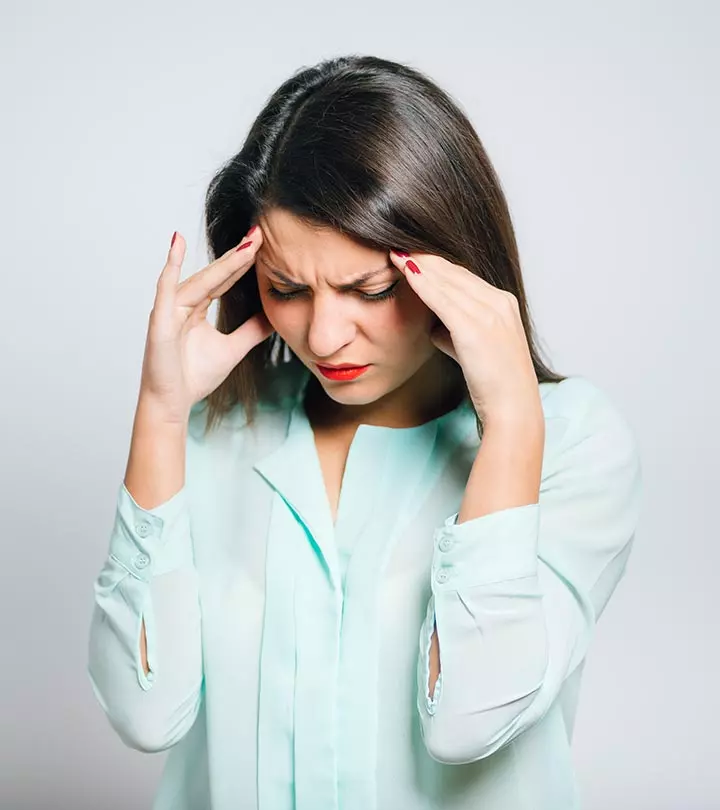
Image: Shuttertock
Do you suffer from migraines and headaches quite often? Do you take medicines to cure your headaches but they don’t have a long-lasting effect?
Migraine has become a common health problem and is affecting more than 10 people in 100. A migraine headache is a severe type of headache that is accompanied by sensory warning signals such as blind spots, nausea, vomiting, flashes of light, and increased sensitivity to sound and light.
Whenever you get a migraine attack, the pain level increases over the eyebrow, or your headache may worsen when you stay for a longer time in sunlight. You may also feel a throbbing pain. This pain increases with every pulse, and may radiate to the neck and shoulder of the same side. A headache lasts for two to three hours, but in worst cases, the pain lasts for two to three days as well.
This condition is called as Sooryavarta in Ayurveda, where soorya denotes the sun and avarta means blockage or affliction. It is caused due to excessive stimulation of the blood vessels and the brain. The symptoms of migraine may vary from person to person, but the condition generally worsens during sunrise or noon and calms down by evening.
In This Article
Causes Of Migraine According To Ayurveda
1. Excessive intake of oily, spicy, or salty food
2. Exposure to sunlight for a longer period
3. Suppression of natural urges
4. Too much stress
5. Indigestion
6. Excessive consumption of alcohol or smoking
7. Physical or mental stress
8. Sudden stopping intake of caffeine (in the form of tea or coffee)
9. Fasting
10. Hormonal changes, especially during periods, or due to excessive usage of birth control pills
11. Change in sleep patterns
There are certain types of foods that trigger migraine attacks. These foods cause a sudden increase in the pitta dosha or kapha dosha, such as processed foods, dairy products, baked foods, fermented foods, peanuts, onion, or heavy-to-digest meat.
What Really Leads To Migraine?
Due to the above-mentioned factors, the pitta dosha obstructs the flow of vata dosha in the brain. This causes a throbbing pain or a severe headache. Since the pitta is dominant in the afternoon, the intensity of the headache is at its peak in survyavarta type of headache. This pain slowly reduces by evening.
Ayurveda recommends a few therapies to treat a migraine attack. They are as follows:
1. Shirolepa
2. Shirodhara
3. Kavala graha
4. Shirovasti
5. Sneha nasya
1. Shirolepa
Shirolepa
is considered to be highly effective in curing migraines and mental exhaustion caused due to stress. It is a specific technique in which certain herbs are mixed to form pastes, which are applied on the head of the patients. But before applying the herbal paste, a medicated oil is applied to the head and body. The paste is kept over the vertex (head), and is covered with the help of a plantain leaf for an hour. Then, the paste and oil are wiped off.
The head and the body are then smeared with the medicated oil again, followed by a bath with warm water.
These herbal pastes help in pacifying the pitta dosha.
2. Shirodhara
Shirodhara is an excellent Ayurvedic therapy that has a profound impact on the nervous system.
A thin stream of liquid (mostly, warm oil) is poured in a continuous stream over the ajna marma (forehead), the area where our nerves are highly concentrated. When the oil is poured continuously, the pressure of the oil creates a vibration on the forehead, which allows our mind and nervous system to experience a deep state of mental rest. The feeling is almost similar to that of meditation.
As per Ayurveda, shirodhara therapy is beneficial for pitta and vata doshas. It is suitable for any dosha. However, there are a few contraindications.
They include a recent injury on neck or head, brain tumor, fever, sunburn, nausea, and vomiting. It also not suggested to give shirodhara treatment to ladies who are pregnant and are in their third trimester.
Cow milk can also be used to perform shirodhara. It is done when the pitta involvement is more, and the process is called ksheera dhara.
Another liquid that is used is buttermilk. This is performed when there is an obstruction to the vata passage, which has to be removed. The process is termed takra dhara.
3. Kavala Graha
Kavala graha
or oil pulling is highly recommended in Ayurveda. It has a very powerful detoxifying effect, and its health benefits ranges from whiter teeth to increased relief from migraine headaches.
Ayurveda suggests oil pulling with chandanadi taila and mahanarayani taila to cure migraine attacks.
4. Shirovasti
Shirovasti
is another effective ayurvedic therapy, where the outer area of our head is covered by a leather cap. There is a hollow space inside the cap so that the medicated oil (oils that pacify vata and pitta doshas are preferred) can be held in that gap for a certain period (there should not be any oil leakage).
This therapy helps in curing diseases related to the brain such as migraine, throbbing pain, and depression.
5. Sneha Nasaya
This therapy is administered through the nasal route. Medical oils such as shidbindu taila or anu taila are put in the nostrils in the same way as you put nasal drops. It helps in the treatment of the pain above the shoulder area.
Ayurveda defines nasaya as “Oushadham oushadha siddha sneham va nasikayaam deeyate inti nasyam”.
Home Remedies To Treat Migraine
A migraine at the initial stage can be treated with the help of some simple home remedies. Here are a few of them:
- Raisins and almonds are very good for health. Soak around five to six raisins and almonds each at night and eat them the next morning. You can even drink the water in which you soaked them.
- Take a fist full of Doorva grass and blend it to obtain its fresh juice. Add a pinch of licorice powder to the juice and mix it well. Drink this solution in the afternoon continuously for a month. This will help in reducing the severity of the illness.
- Take a teaspoon of coriander seed powder and mix it in a cup of water. Leave it overnight. Drink it the next morning on an empty stomach.
- The fresh and tender leaves of jasmine or pomegranate are also great to cure a migraine. Crush the leaves well and mix with a pinch of salt to make fresh juice. Pour two to three drops of this juice in your nostrils early in the morning, preferably on an empty stomach.
A migraine is a troublesome health issue, and prevention is always better than cure. Here are a few tips that can help you keep a migraine at bay.
- Do not overstress yourself.
- Maintain a regular sleep timing and sleep for enough time (seven to eight hours).
- Reduce the intake of tea and coffee.
- Walking in the morning for 10 minutes in fresh air will help you feel fresh.
- Try to avoid spicy food as much as possible.
- Include cinnamon, ginger, clove, and pepper in your diet.
- Lower the brightness of electronic gadgets while using them.
- Wear sunglasses while you go out in the sun.
A well-disciplined lifestyle can help you keep away from this severe situation. Hope you liked the article. Share your views in the comments box below.
Read full bio of Shaheen Naser




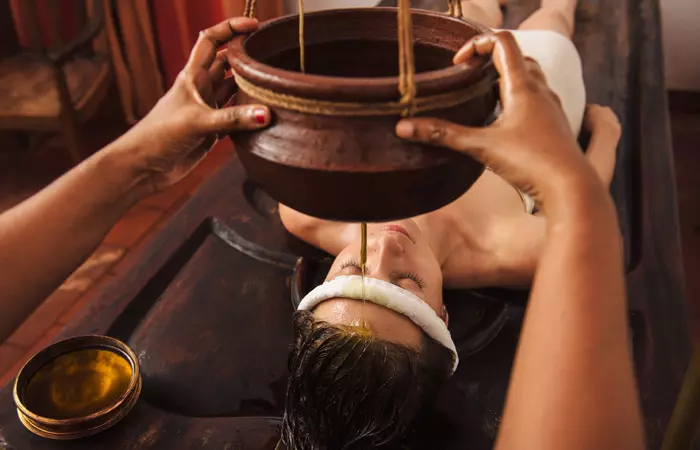


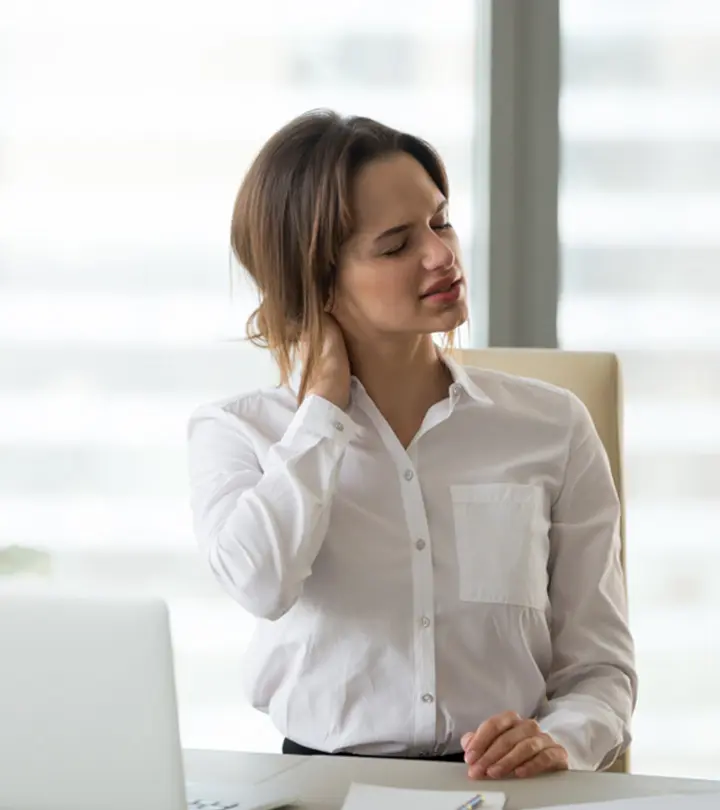



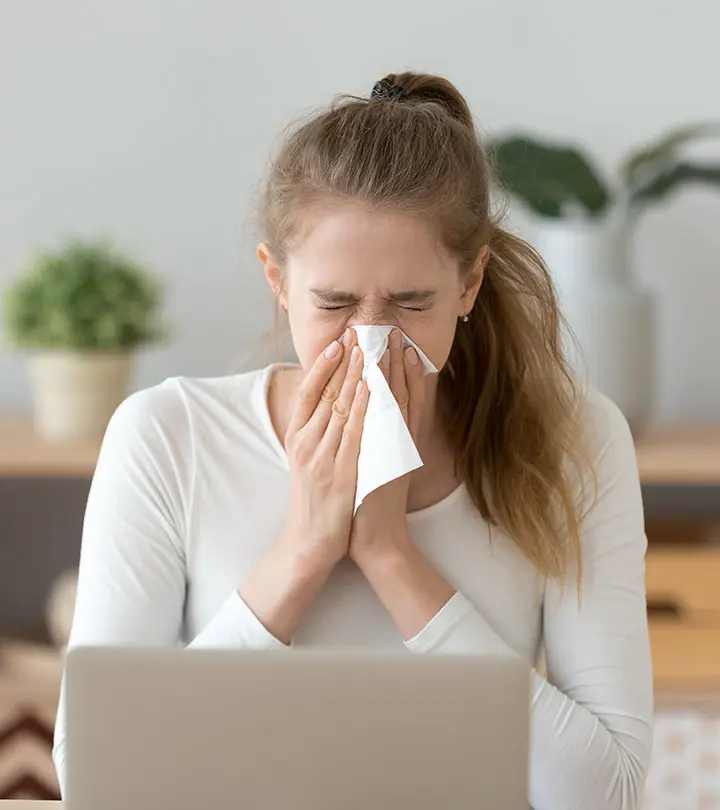
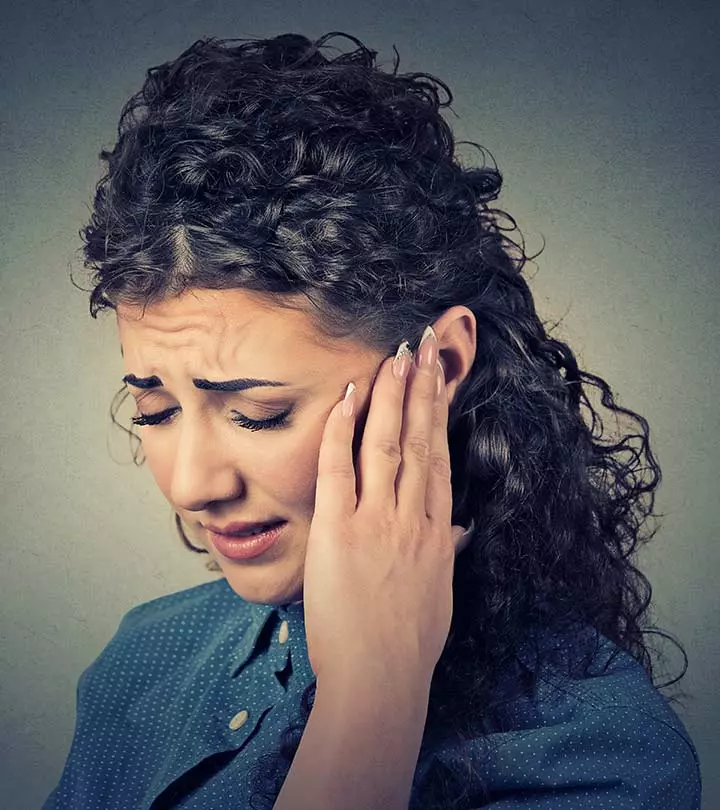

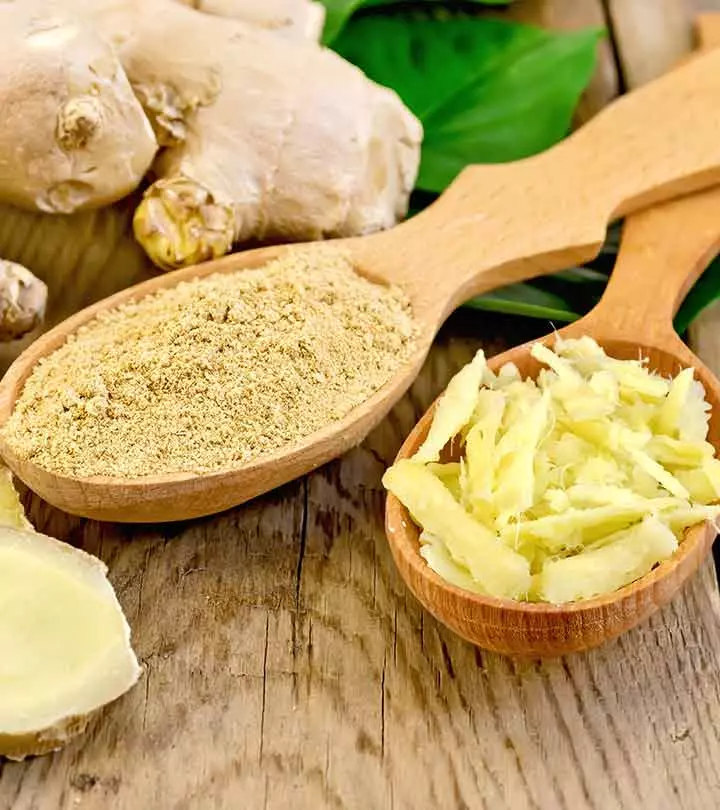
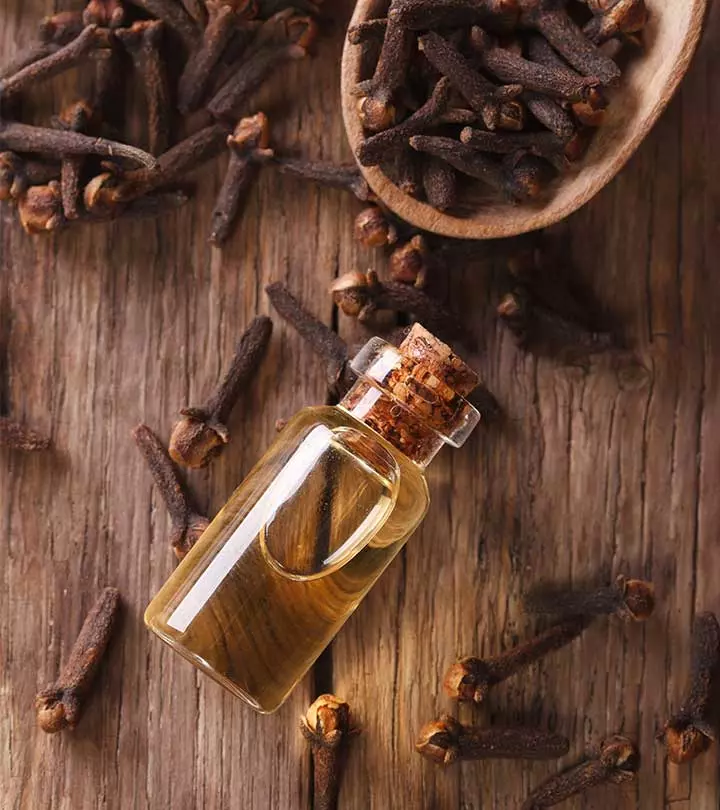
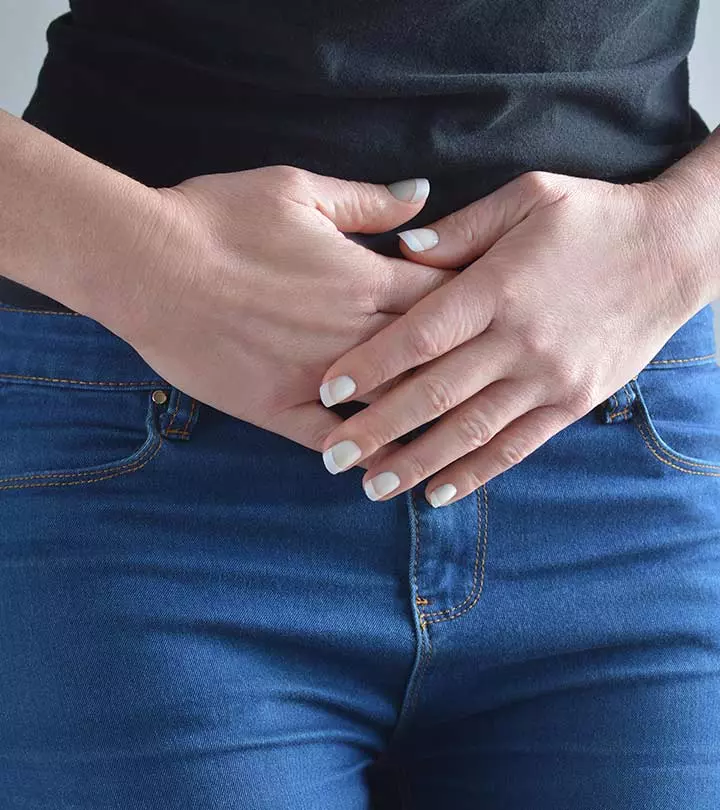



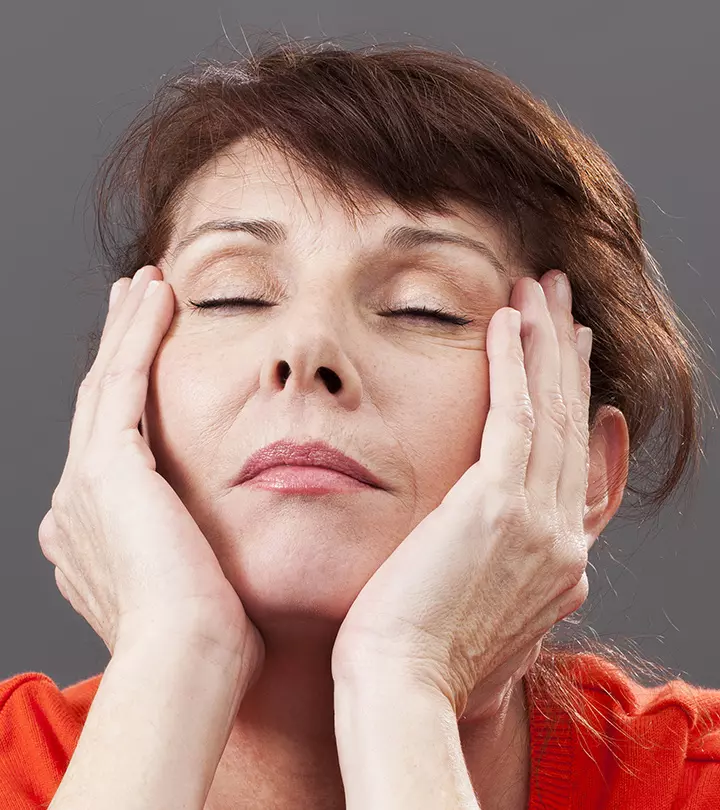


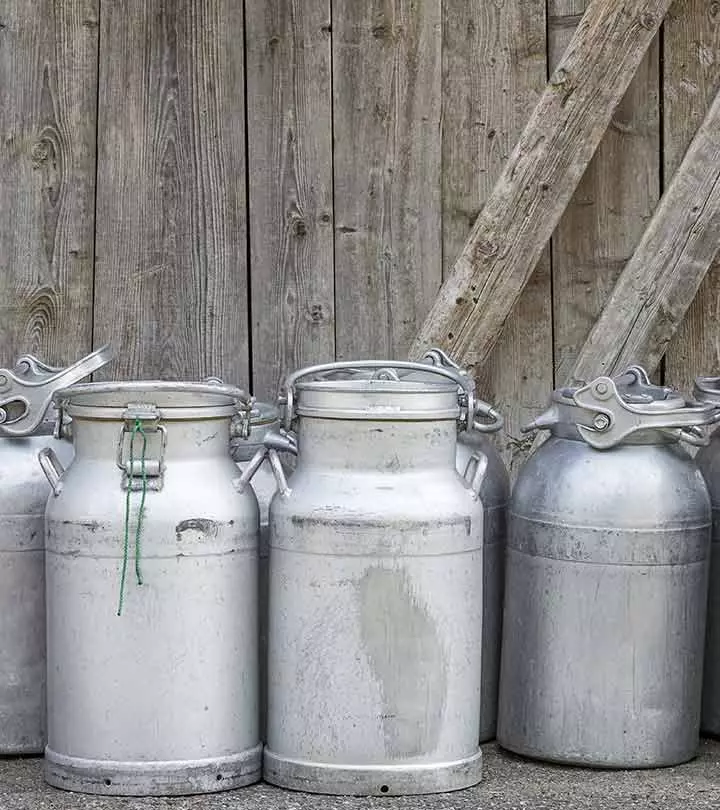

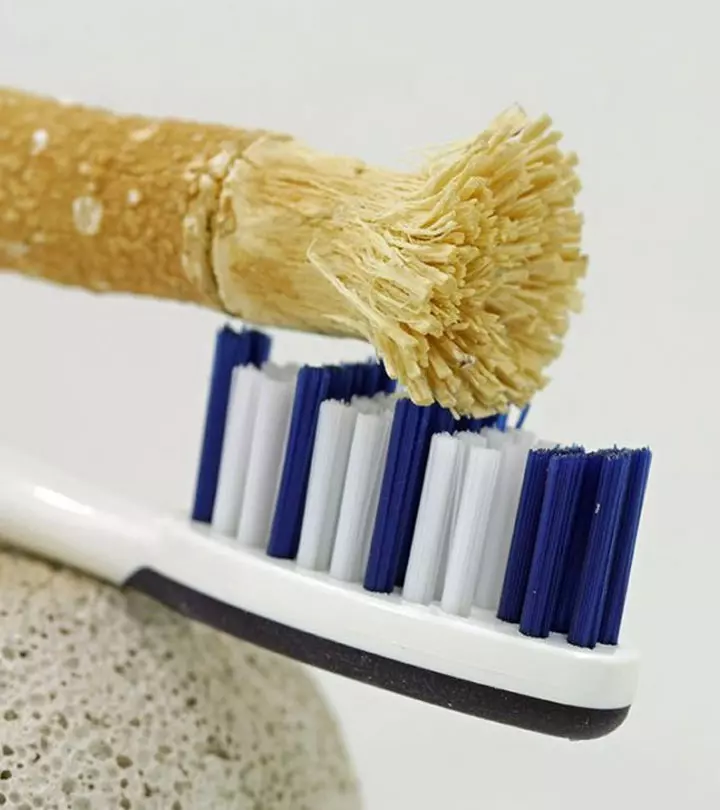

Community Experiences
Join the conversation and become a part of our empowering community! Share your stories, experiences, and insights to connect with other beauty, lifestyle, and health enthusiasts.